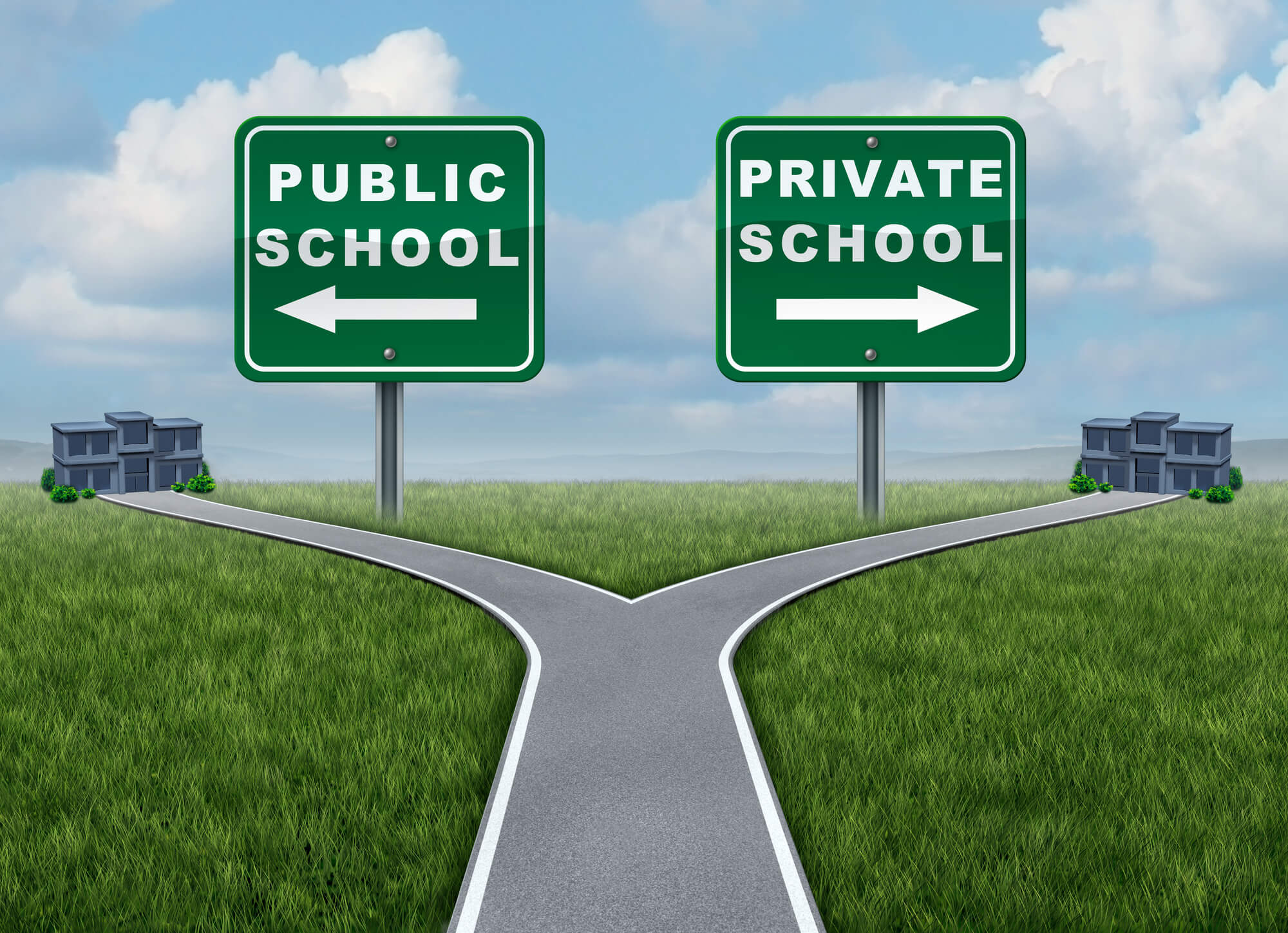
When you’re trying to find the best educational environment for your children, you start to realize how much the issue of school choice matters. And it matters regardless of why you’re looking into alternatives to public school: large class sizes, bullying, the lack of progress in your local school districts, or safety concerns. No matter what your reason is for wanting to seek more hopeful, innovative alternatives, it’s important to know what your state’s stance is on school choice and your tax dollars.
What is School Choice?
School choice is all about your family’s right to select the best learning environment for your children and use your tax dollars toward home schooling, private school, or an online school’s tuition. When it comes to the issue of school choice, the environment where you want your child to be educated is where the tax dollars go.
State-by-State Decisions
Currently, families have some form of school choice support in more than half of the United States. Developing an opinion about school choice can be difficult though because of one very important factor about our educational system: public education funding is determined on a state-by-state basis. Someone in one state could have the option to take the tax dollars that represent their children and use them toward a private or online school, while another state’s families don’t have that option.
As a result, school choice has many different interpretations as each individual state. However, if you want to know what your state’s rulings are about the issue of school choice, you can check EdChoice’s School Choice in America dashboard. This site gives you the chance to see which states have some form of school choice options; if your state has a system of school choice, you can click on the interactive map and see exactly how you can use your child’s allocated tax dollars to place them in the educational environment that suits them best. Despite the complexity of the issue, there are some basic bits of information that remain the same no matter the location.
School Choice Options
Across the country along with the District of Columbia and Puerto Rico, there are 76 different school choice programs, all with their own unique requirements and benefits. Here’s some basic information about the most common types of school choice options you might encounter:
- • Education Savings Accounts – ESAs directly send families public funds via a government-authorized savings account in order for them to pay for educational expenses outside of the public school system.
- • K-12 Tax Credits & Deductions – Families initially foot the bill for their students’ educational expenses and then later recuperate some of that money in the form of tax credits or deductions.
- • School Vouchers – Families choose whatever private school they want their child to attend, and their portion of government funding is given to the school, paying part or all of the tuition.
Who is most affected by school choice?
Homeschooled students and those who attend private schools, whether in-person or online, are most impacted by the issue of school choice. Homeschool families can use school choice funds to purchase curriculum, plan field trips, or buy school supplies. Whether your student is attending an in-person private school or an online private school like Excel High School’s flexible and self-paced programs, school choice funds might be available for tuition, laptops, or even your internet connection.
Why is this important?
When school choice options are in place, families have the freedom to select from a variety of programs that allow their students the best personal opportunity for academic growth. Because every state government and their citizens’ elected officials determine the future of school choice in our country, the topic is an important one to research and understand, especially if the public school is not providing the supportive and safe educational environment your child needs. A one-size-fits-all approach has never been the solution for raising children, and it’s not the best approach to educating them either. Because families are the best voice about what is best for their children, school choice is an important issue to keep on your radar.






